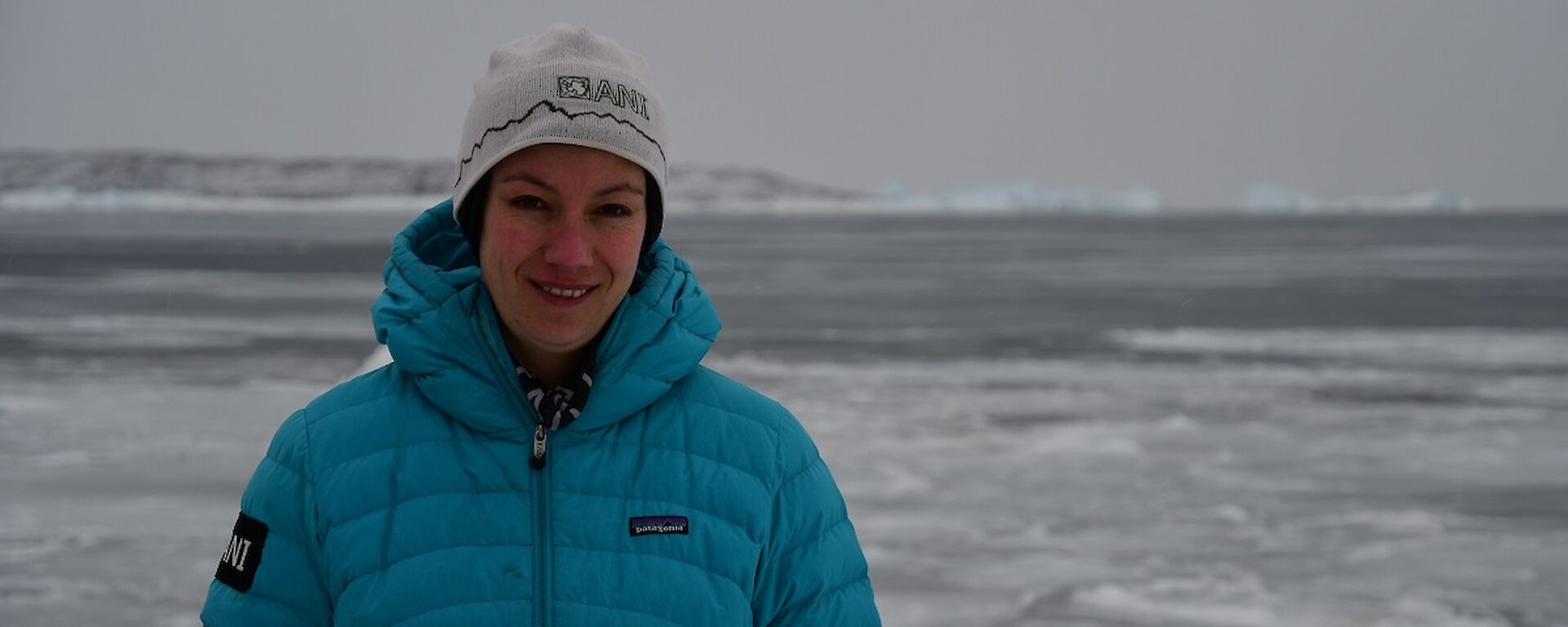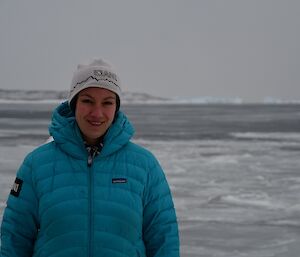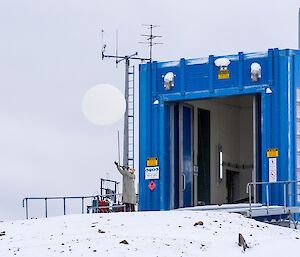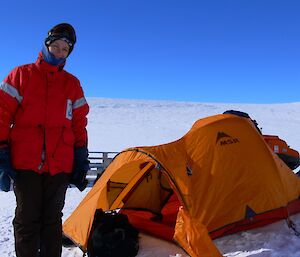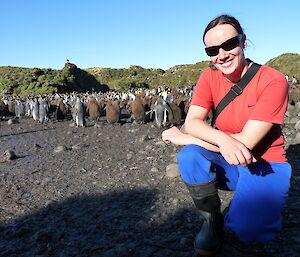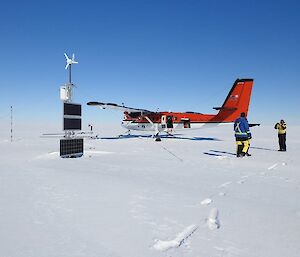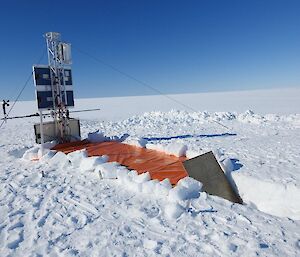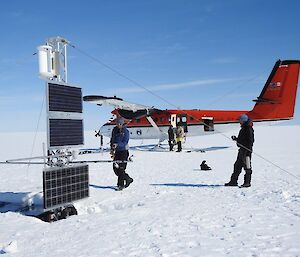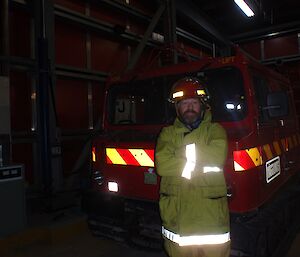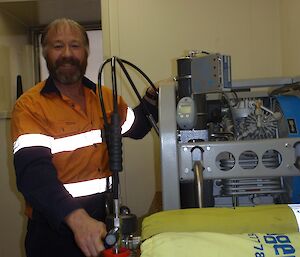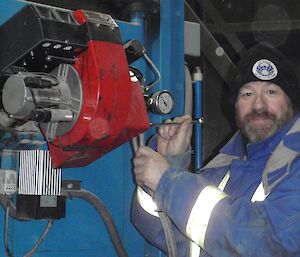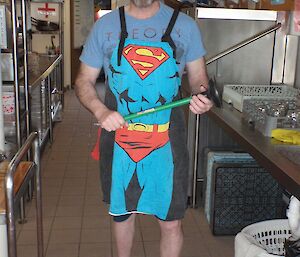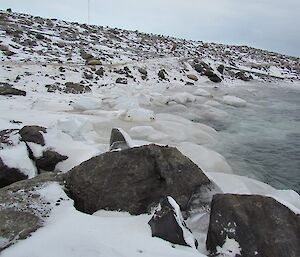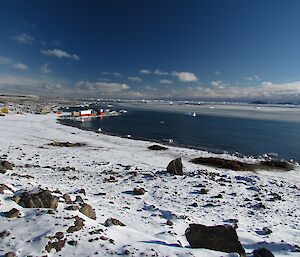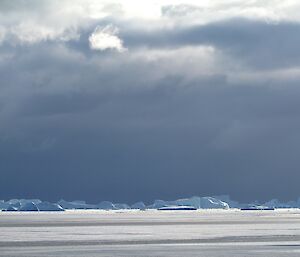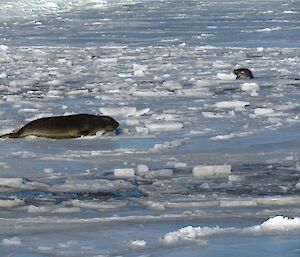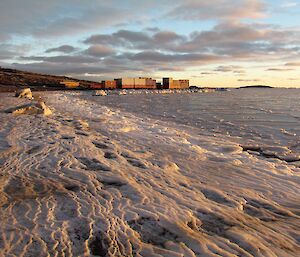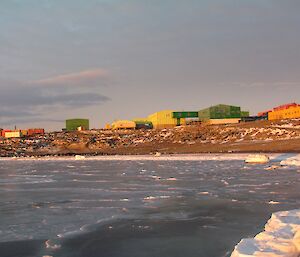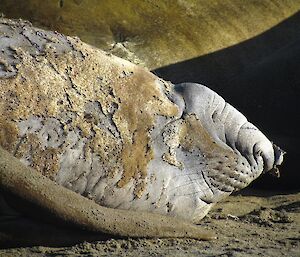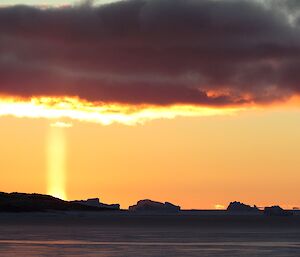In March this year, the University of Stellenbosch Business School, based in Cape Town, South Africa, awarded Daleen with a prize for the best research assignment in any Masters degree. As the study focused on Antarctic leadership, we asked her to tell us about it. Congratulations Daleen.
My experiences on the icy continent were invaluable when I started my MBA degree in 2013, especially when it came to selecting a topic for my final research assignment. My research project, titled Leaders in Extreme and Isolated Environments: Perceptions from South African National Antarctic Expeditioners, explored the perceptions that South African Antarctic expeditioners have concerning various aspects of leadership at Antarctic and sub-Antarctic stations.
The South African National Antarctic Program (SANAP) annually sends three teams, comprising between ten and 30 members, to three remote research stations: Gough Island, Marion Island or SANAE IV. The extreme, isolated and confined environments encountered at these Antarctic and sub-Antarctic stations provide unique challenges to management and leadership.
The study explored whether the perceptions around leadership differed between men and women, whether perceptions changed with more expedition experience, and whether the perceptions changed for teams that had experienced emergencies, evacuations, serious illness, death or constant and aggressive interpersonal conflict.
Expeditioners felt that an effective station leader builds a personal bond with them, and maintains a balanced involvement in their emotional well-being. Effective station leaders make an effort to create and sustain a positive team climate, and maintain a moderate involvement when it comes to team members performing their professional duties. Gender, experience and events at the station influenced perceptions of the station leader’s role in maintaining a personal bond, individual well-being, the team climate and intervention in professional duties.
The study found that most important characteristics and competencies for a station leader to possess were trustworthiness, conflict management skills and good communication skills. Expeditioners prefer an extremely participative station leader, where team members are consulted and allowed to participate in decisions that affect them. During emergencies, however, it is accepted that the station leader retains decision–making autonomy.
The position of station leader is seen as an important one and plays a decisive role in the success of an Antarctic station. The station leader affected individual adaptation and influenced the quality of the overwintering year, but did not affect the decision to overwinter again.
The participants were 180 returned expeditioners, with an age profile between 25 and older than 61, who participated in the South African National Antarctic Program between 1961 and 2015. Approximately 40 per cent of the expeditioners had completed more than one expedition, and women represented 16 per cent of the participants. Emergencies, evacuations, serious illness, death, or constant and aggressive interpersonal conflict were experienced by approximately 65 per cent of expeditioners.
Even though the research was done with South African Antarctic expeditioners, the findings may be of value to the Australian Antarctic Division when it comes to understanding how team members perceive station leaders. Previous research by Australian researchers that were used in this project included research from Desmond Lugg, J.R. Godwin, Julia Jabour, Dianne Nicol, Kimberley Norris, Aspa Sarris, Neil Kirby and Jeff Ayton.
This is my second winter in Antarctica, and my first one with the Bureau of Meteorology and the Australian Antarctic Division. The experience at Davis station has been very interesting and educational, and it is a privilege to experience a different part of Antarctica. I hope to continue with my career in Antarctica over the next few years, and maybe explore the options of doing a PhD.
Daleen Koch (Technical Officer — Engineer, Bureau of Meteorology)

